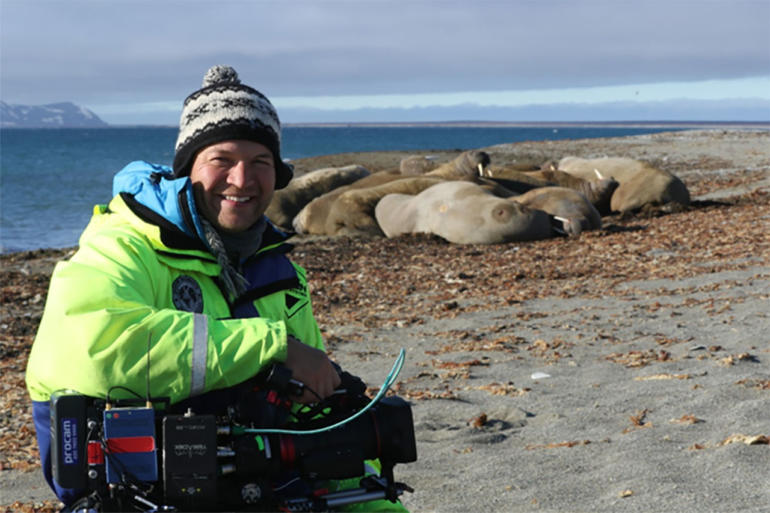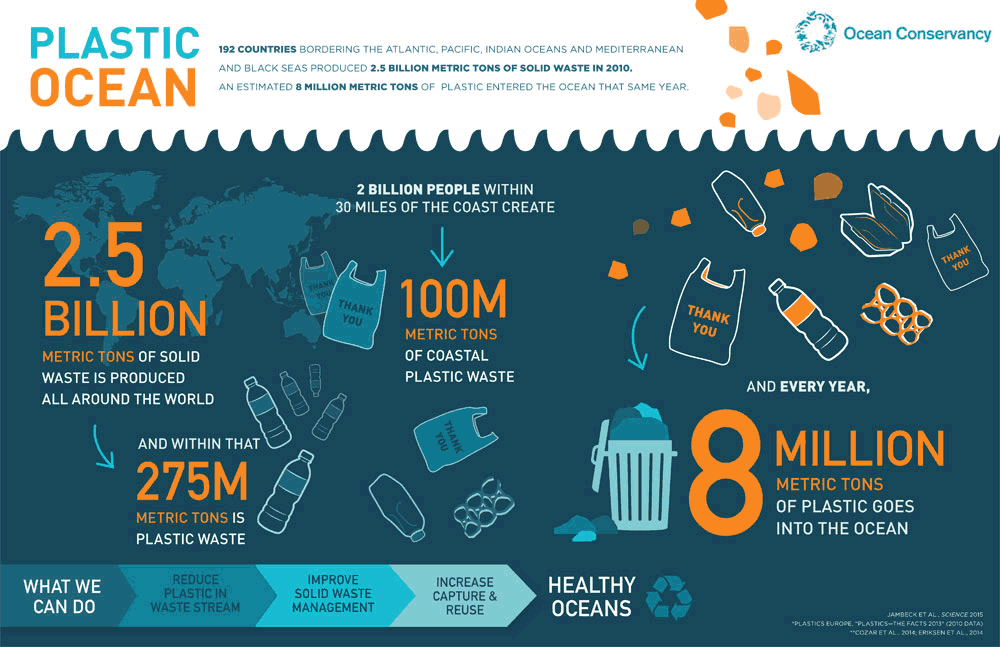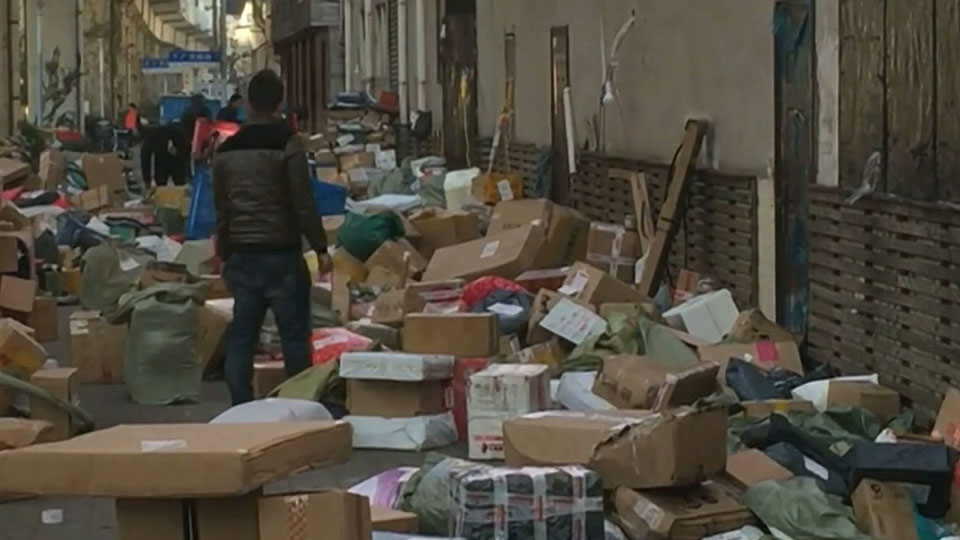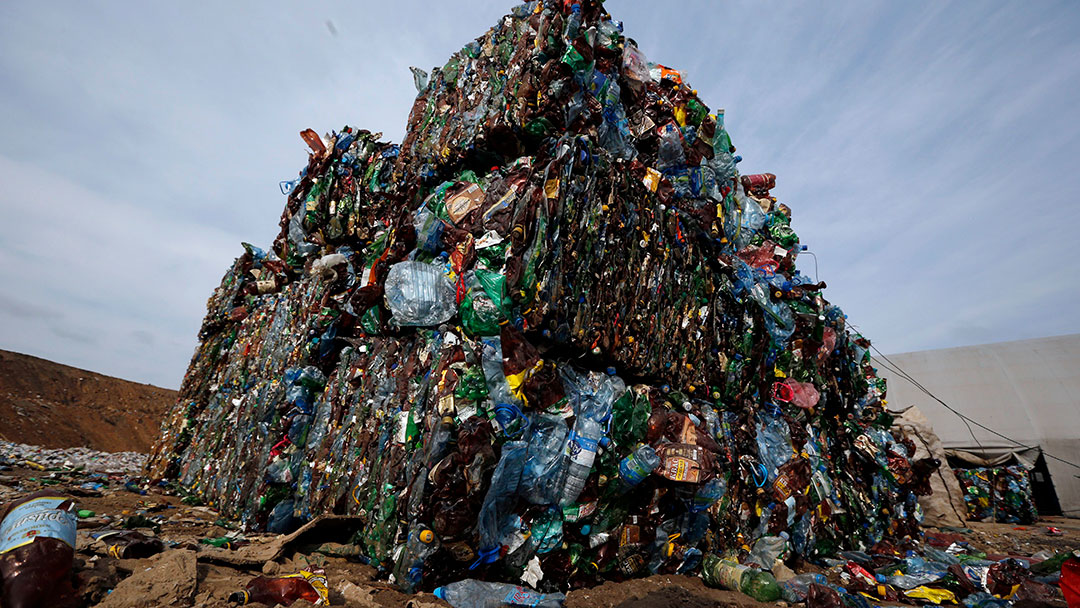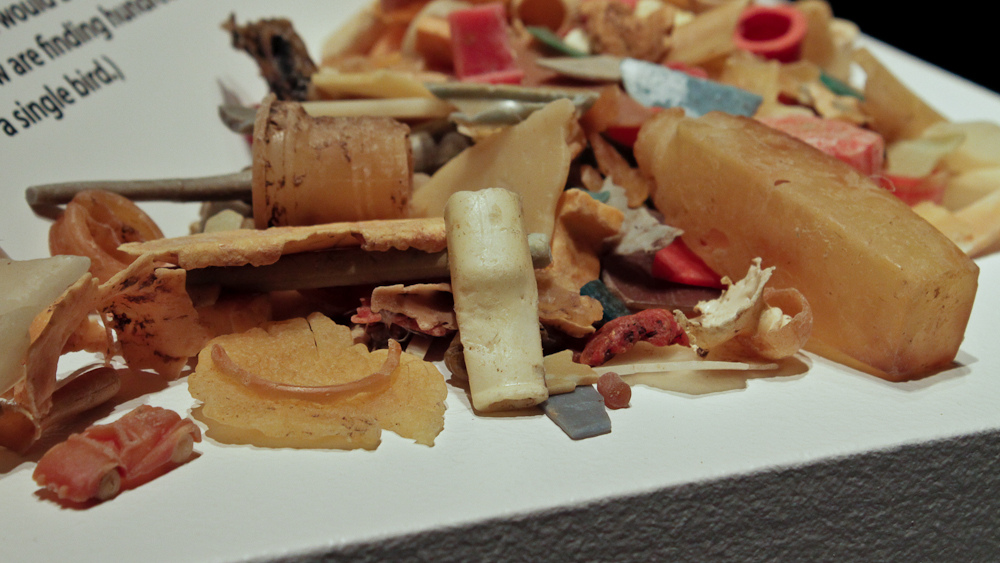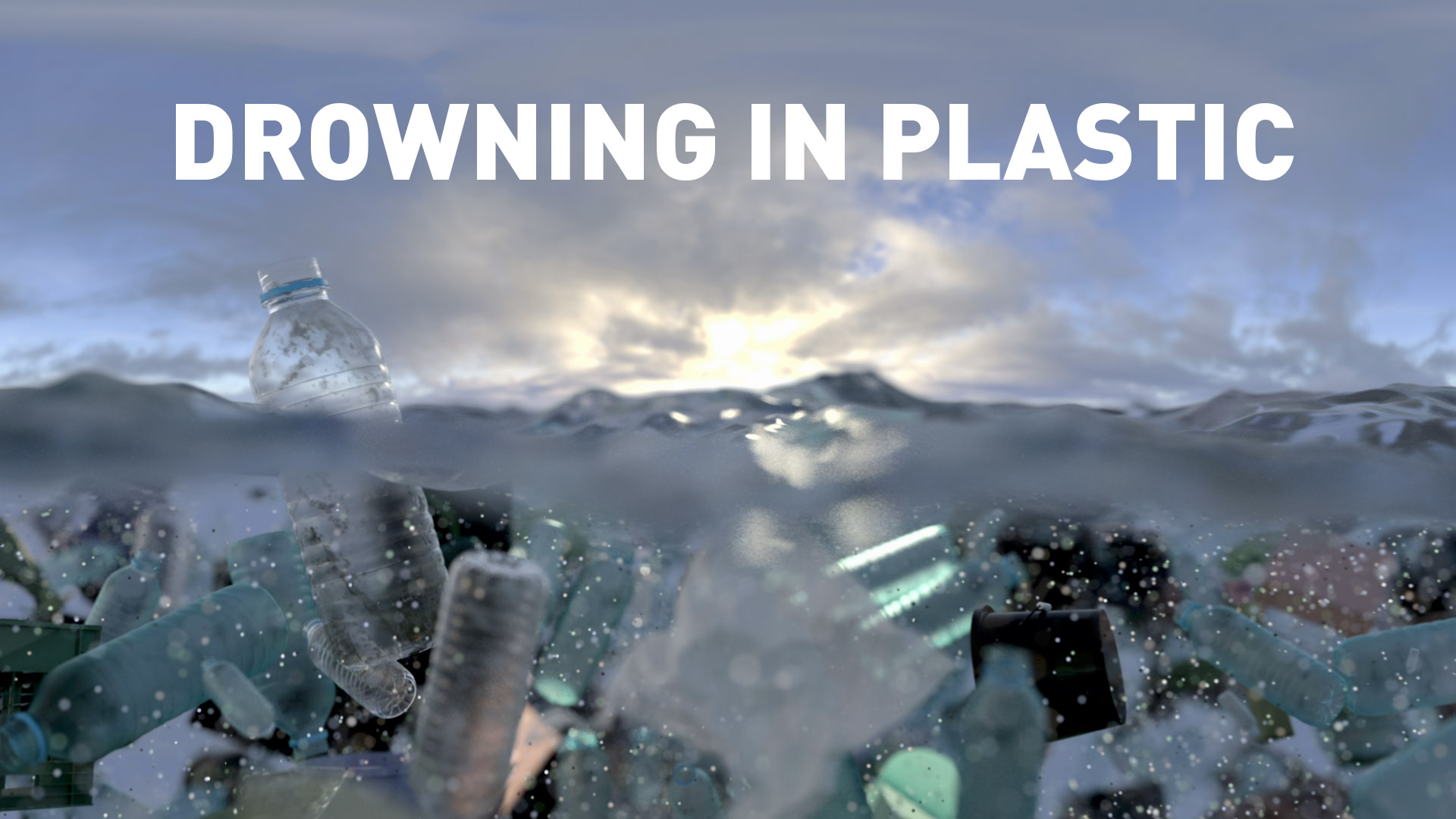
The race to stop one the most dangerous challenges in human history.
It’s one of the biggest threats we’ve ever faced: trillions of pieces of plastic choking the very lifeblood of our earth, and every marine animal – from the smallest plankton to the largest mammals – being affected. With plastic being one of the most widely used materials all around the world, what can we do to turn back the growing plastic tide, before it is too late?
In this two-part award-winning series co-produced by CGTN America and BBC, wildlife biologist Liz Bonnin visits communities suffocating by plastic waste, and scientists working at the cutting edge of plastics research. Working with leading marine biologists, oceanographers and advocates alike, she uncovers the dangers of plastic in our oceans and what it means for the future of all life on our planet.
Shot across the globe, from North America to Asia; and from Europe to Australia; Liz explores how plastic in our oceans is one of the greatest environmental challenges of our time, calling for the urgent addressing of this global crisis.
WATCH
Part 1
Part 2
DIRECTOR Q&A | TOM WATT-SMITH
What attracted you to the story of Drowning in Plastic?
The plastic crisis hit me like a bolt out of the blue. It felt like overnight, the media was awash with images of dead or suffering marine life and carpets of plastic in the Oceans. Yet there was very little information on how we had got to this situation and what solutions were available. The world is only just waking up to this emerging crisis and it felt like the perfect time to make a film that investigated the true scale of the problem and gave the audience the information they craved.
Why was it important to tell this story?
I think there was (and still is) a lot of confusion about the sheer scale of the plastic problem, who is to blame and what can we do about it. When we began pre-production, it quickly became clear that research into marine plastic is woefully underfunded and scientists and engineers are chasing to catch up. While other global environmental issues, like deforestation and global-warming, have had decades of research and billions of pounds of investment, Ocean Plastic is still very much in its infancy. A film that could be seen worldwide felt like an important and timely thing to make.
What should we know about your filmmaking process?
From the outset, our aim was to shock, not sugar-coat, a vitally important issue. We were desperate to deliver a film that would alert the audience to the true nature of the plastic crisis and create a valuable and noisy debate.
The first mission was to find the scientists. Plastics research is populated by a disparate group of experts who are often working out at sea or in the most inaccessible places on earth. It was a big job to track them down and then persuade them to let us show their research, much of which hadn’t yet been published. A brilliant research team, led by producer Lizzie Bolton, scoured the planet speaking to scientists sampling micro-plastics in the Arctic, talking to campaigners in Indonesia, rescue teams in the U.S.A and leading marine biologists working on remote islands off the coast of Australia. This level of meticulous and detailed research allowed us to build a compelling story on paper before we started filming.
On the road, presenter Liz Bonnin conveyed the crisis brilliantly, with intelligent questioning of scientists, campaigners and engineers and beautiful and emotional summaries of a global crisis. The images were captured expertly by our Director of Photography, Alistair Livingstone and masterfully weaved together in the edit by a team of editors, led by Matt Lowe.
Did you make any unexpected discoveries while shooting?
The biggest shock was learning that plastic never disappears, it just breaks down into smaller and smaller pieces. We saw tiny Arctic plankton with pieces of micro-plastic in their stomachs and discovered plastic fragments in the poo of apex predators like walruses. It showed us that plastic has entered the whole of the marine food web. This man-made material is worryingly here to stay.
What do you hope your documentary will achieve?
Plastic in our oceans is one of the greatest environmental challenges of our time and this film hopes to add to the urgent and vitally important debate of how to solve this global crisis. The film has already had an enormous reach on social media and in schools and NGOs and I sincerely hope that continues.
DOCUMENTARY SELECTS
Click on any image for full screen slideshow.
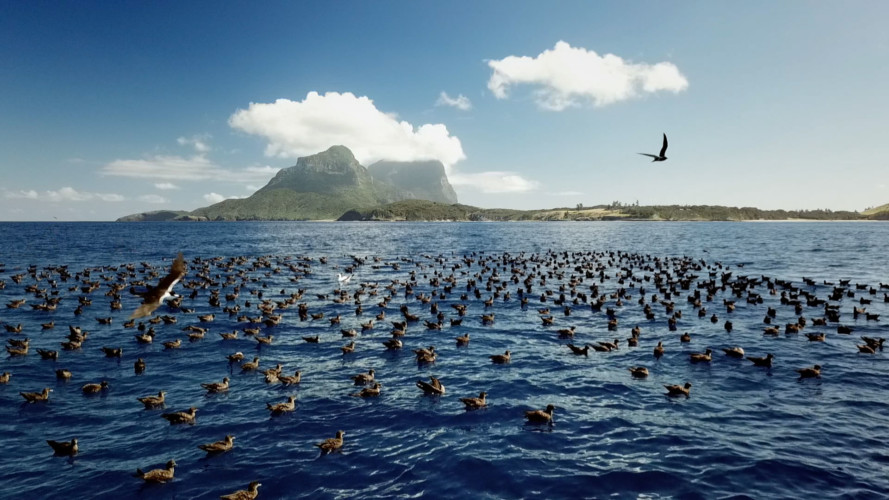

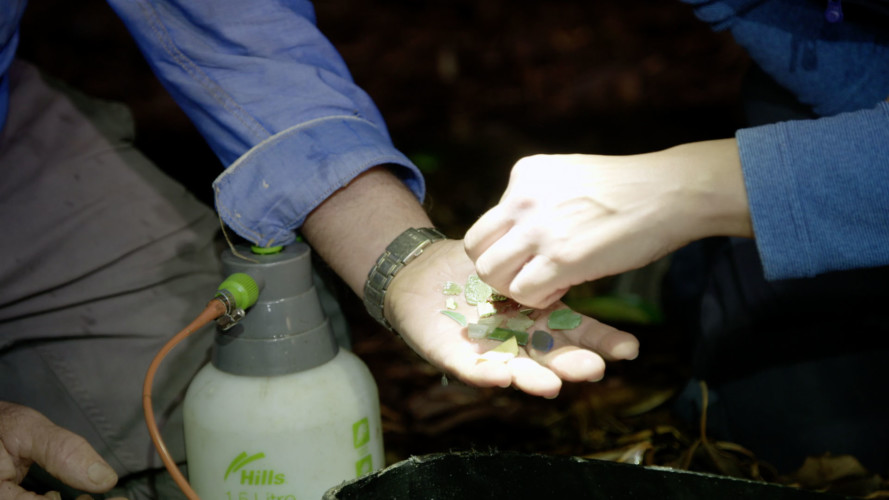
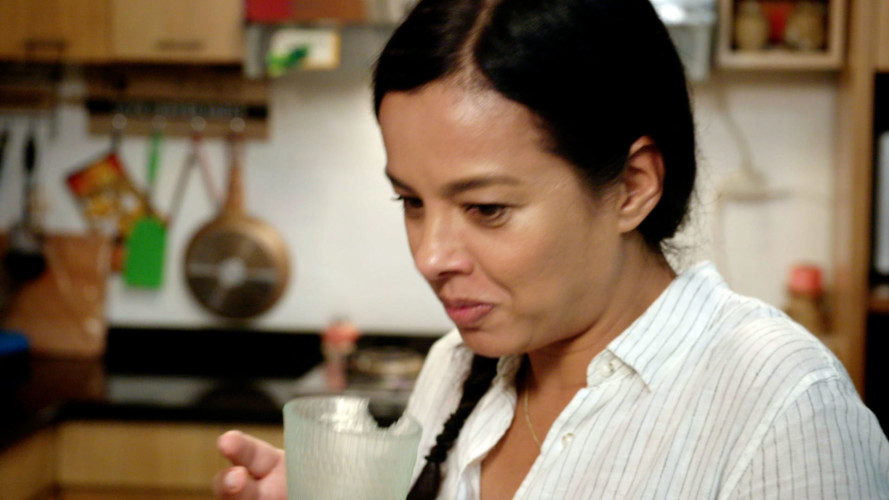
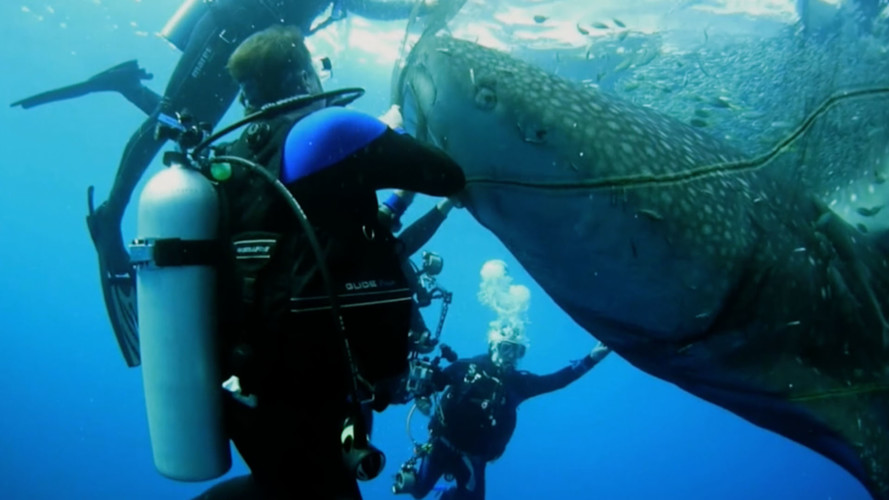
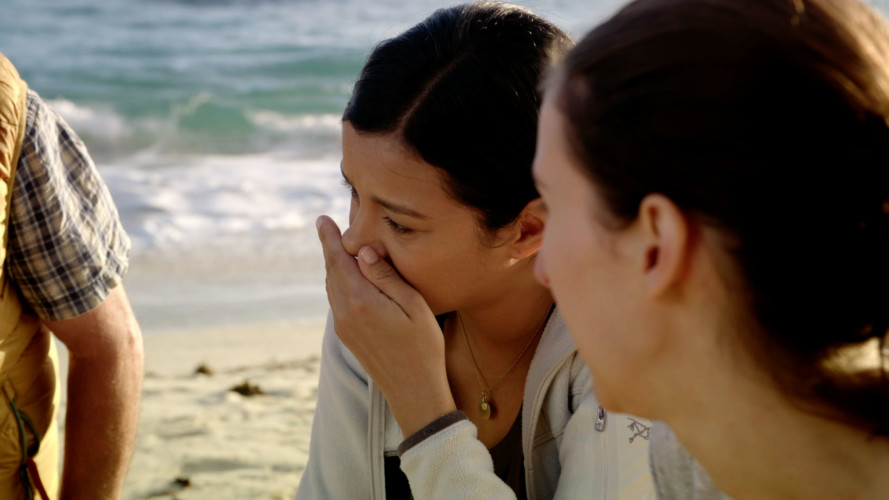
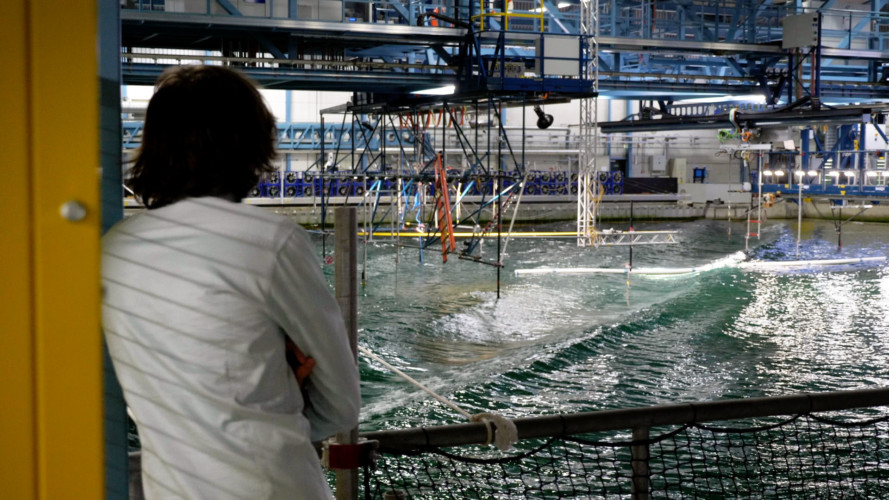
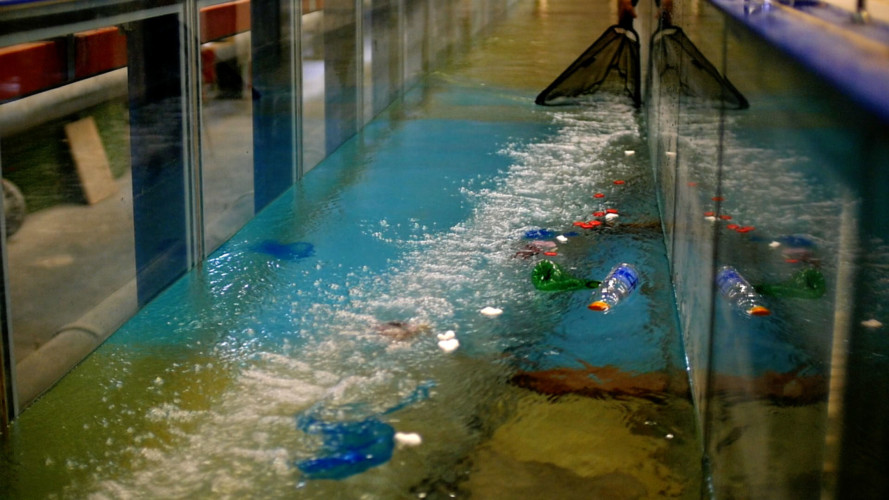
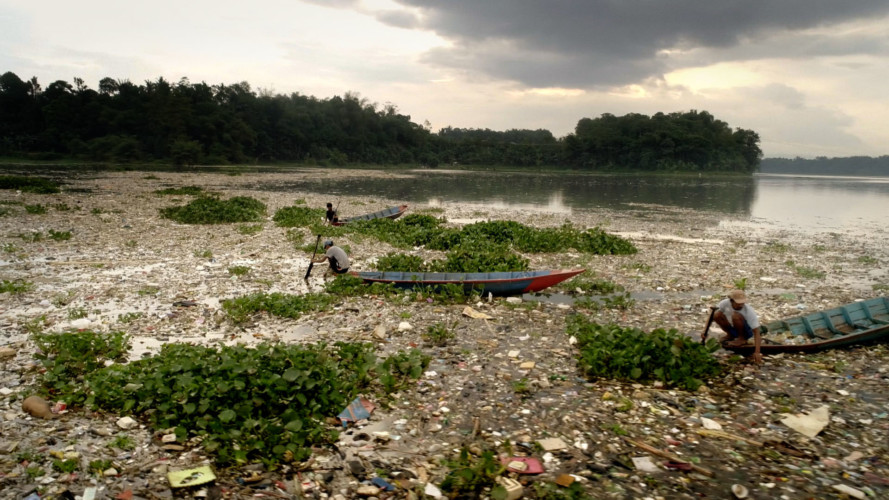
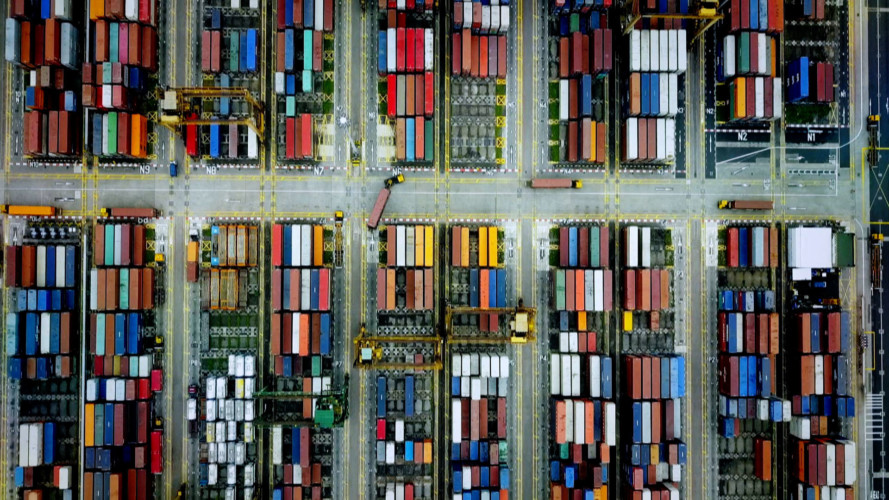
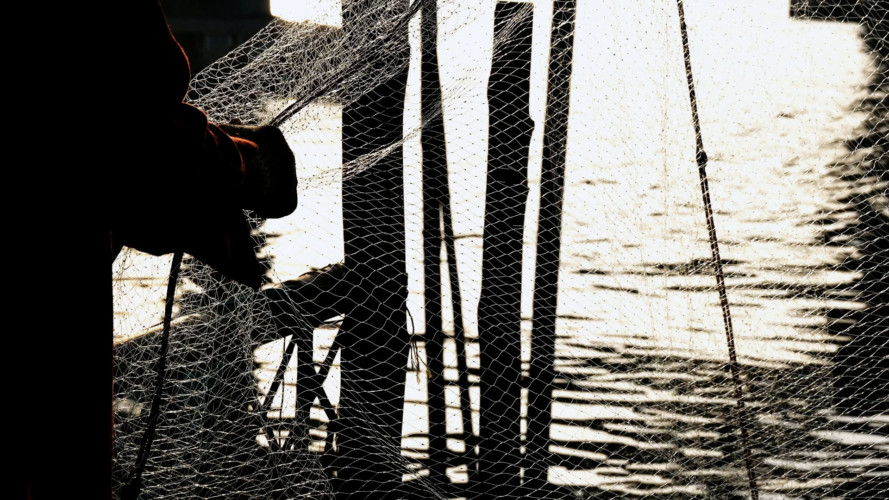

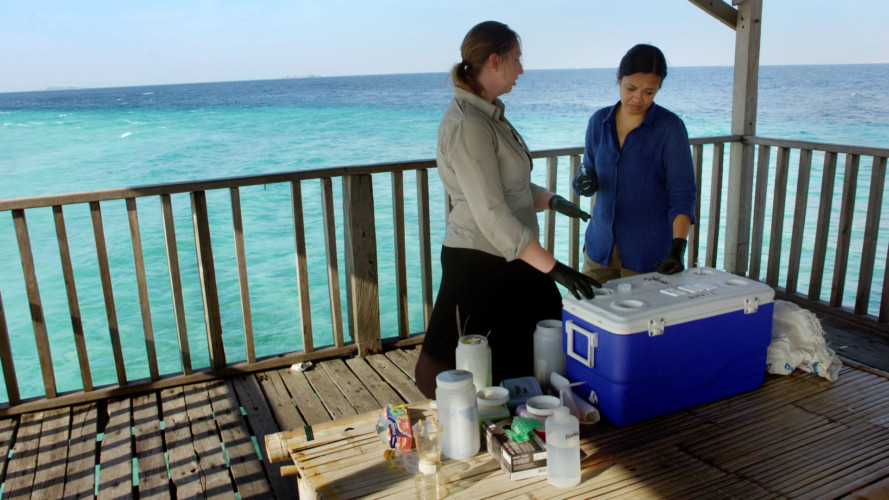
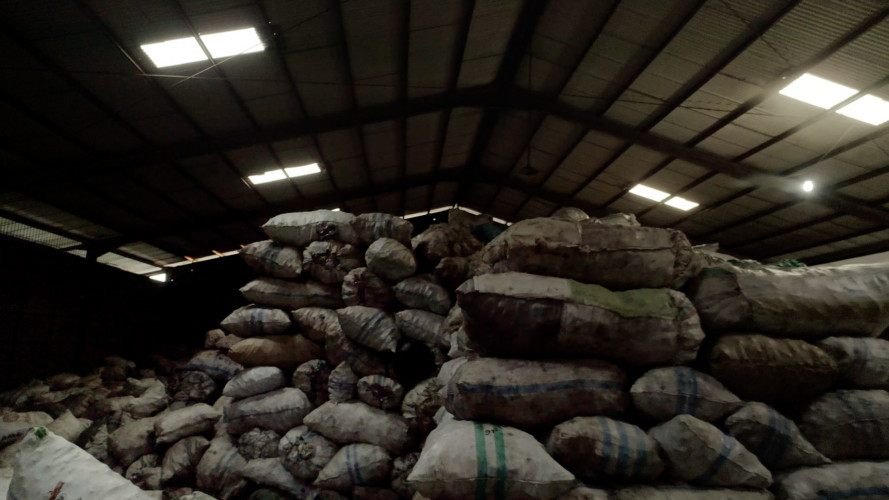
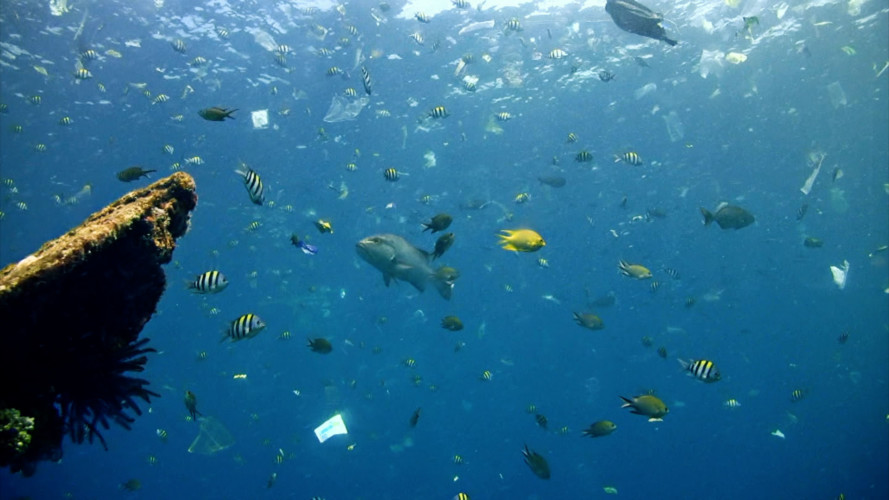
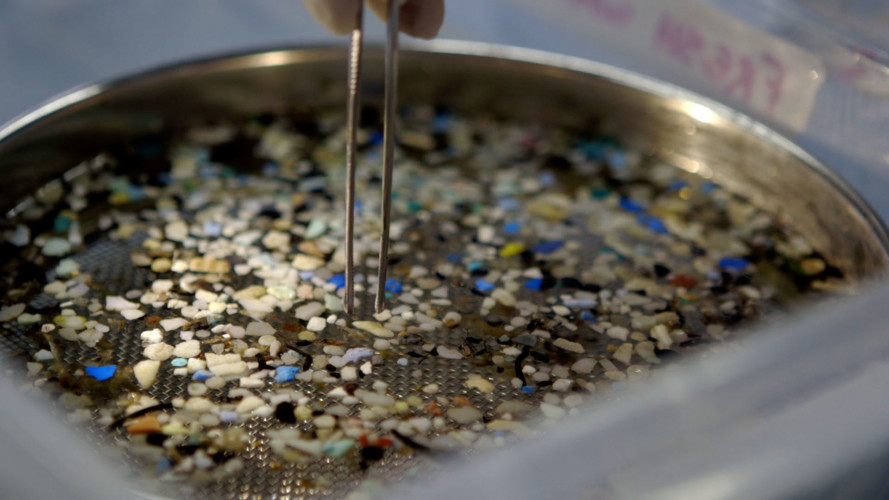

UN | #CLEANSEAS CAMPAIGN VIDEO
OTHER RESOURCES
SCIENCE ADVANCES | PRODUCTION, USE, AND FATE OF ALL PLASTICS EVER MADE
Plastics are produced worldwide at a rapid pace, its volume having outgrown most other fabricated materials.
In their report Production, Use, and Fate of All Plastics Ever Made, Science Advances estimates that 8,300 metric tons of virgin plastic has been produced to date; and nearly 6,300 metric tons of plastic waste has been generated as of 2015, with much of it now sitting in landfills and in our oceans. It also estimates that if current trends continue, 12,000 metric tons of plastic waste will be generated by 2050.
UN | THE WAR ON OCEAN PLASTIC
According to some estimates, by 2050 oceans will carry more plastic than fish and an estimated 99 per cent of seabirds will have ingested plastic.
The United Nations’s global #CleanSeas campaign aims to eliminate major sources of marine litter: micro-plastics in cosmetics, and the excessive usage of single-use plastic by the year 2022.
It calls on governments to pass plastic reduction policies and targets industry to minimize plastic packaging and redesign products. It also calls on consumers to change their throwaway habits – before irreversible damage is done to our seas.
MORE FROM CGTN AMERICA
This whale had 88 pounds of plastic in its stomach when it died.
This whale had 88 pounds of plastic in its stomach when it died. pic.twitter.com/zE1jx324qV
— CGTN America (@cgtnamerica) March 18, 2019
Study: Baby turtles at increased risk of dying from ingested plastic
- Click to share on Facebook (Opens in new window) Facebook
- Click to share on X (Opens in new window) X
- Click to share on Instagram (Opens in new window) Instagram
- Click to share on LinkedIn (Opens in new window) LinkedIn
- Click to share on Reddit (Opens in new window) Reddit
- Click to print (Opens in new window) Print
 CGTN America
CGTN America
